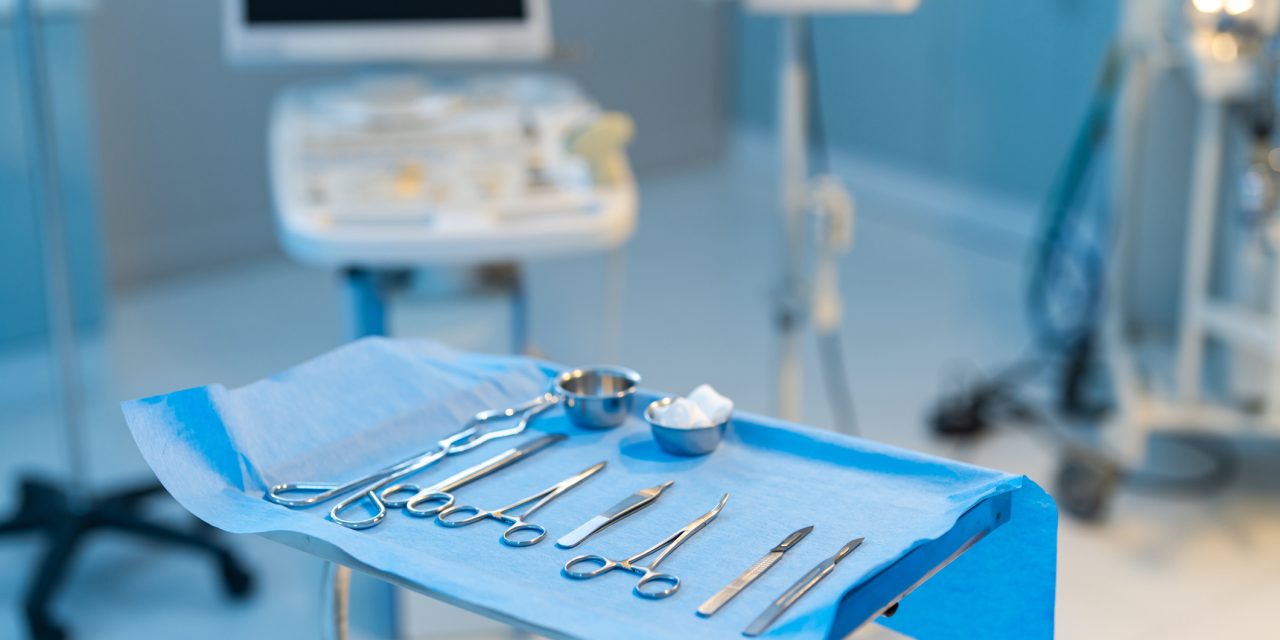Natural killer (NK) cell determinants predict relapse-free survival after allogeneic hematopoietic cell transplant (HCT) for acute myeloid leukemia, and prior studies show a beneficial graft versus leukemia effect in juvenile myelomonocytic leukemia (JMML) patients. However, it is unknown if NK cell determinants predict protection against relapse for JMML patients undergoing HCT. Therefore, we investigated NK cell-related donor and recipient immunogenetics as determinants of HCT outcomes in patients with JMML.
Patients with JMML (0 to < 19 years) who received a first allogeneic HCT from an unrelated donor between 2000 to 2017 and had available donor samples from the Center for International Blood and Marrow Transplant Research Repository were included. Donor KIR typing was performed on pre-HCT samples. The primary endpoint was disease-free survival (DFS); secondary endpoints included relapse, grade II-IV acute graft versus host disease (GVHD), chronic GVHD, GVHD-free/relapse-free survival (GRFS), transplant related mortality and overall survival (OS). Donor killer immunoglobulin receptor (KIR) models tested included KIR genotype (AA vs Bx), B content (0-1 vs ≥ 2), centromeric and telomeric region score (AA vs AB vs BB), B content score (best, better, neutral), composite score (2 vs 3 vs 4), activating KIR content and presence of KIR2DS4. Ligand-ligand (L-L), KIR-L mismatch effects on outcomes were analyzed in HLA-mismatched donors (≤ 7/8, n=74) only. Univariate analysis was performed for primary and secondary outcomes of interest with a p-value < 0.05 considered significant.
165 patients (113 males) with a median follow-up of 85 (6-216) months met study criteria. Of these, 111 received an unrelated donor HCT and 54 cord blood HCT. Almost all (161, 98%) received a myeloablative conditioning regimen. After exclusion of recipients of reduced intensity/non-myeloablative regimens and ex-vivo T cell depleted grafts (n=8), by there were 42 AA and 115 Bx donors respectively. Three-year DFS, OS, relapse and GRFS for the entire cohort was 58% [95% Confidence interval (CI) 50-66], 67% (95% CI 59-74, 26% (95% CI 19-33) and 27% (95% CI 19-35) respectively. Cumulative incidence of grade II-IV aGVHD at 100 days and cGVHD at one-year were 36% (95% CI 27-44%), and 23% (95% CI 17-30%) respectively. There were no differences between AA and Bx donors for any recipient survival outcomes. Risk of grade II-IV aGVHD was lower in patients with donors with B content score of ≥ 2 (HR 0.46; 95% CI: 0.26-0.83, p=0.01), an activating KIR content score of > 3 (HR: 0.52; 95% CI: 0.29-0.95; p=0.032), centromeric A/B (HR 0.57; 95% CI: 033-0.98, p=0.041) and telomeric A/B score (HR: 0.58; 95% CI: 0.34-1.00, p=0.048).
To our knowledge, this is the first study analyzing the association of NK cell determinants and outcomes in JMML HCT recipients. Our study identifies potential benefits of donor KIR-B genotypes in reducing aGVHD. These findings warrant further study of the role of NK cells in enhancing graft versus leukemia effect via recognition of JMML blasts.
Copyright © 2021. Published by Elsevier Inc.
Donor KIR Gene Content and KIR-Ligand Matching and Outcomes of Pediatric Patients with JMML Following Unrelated Donor Transplant.


